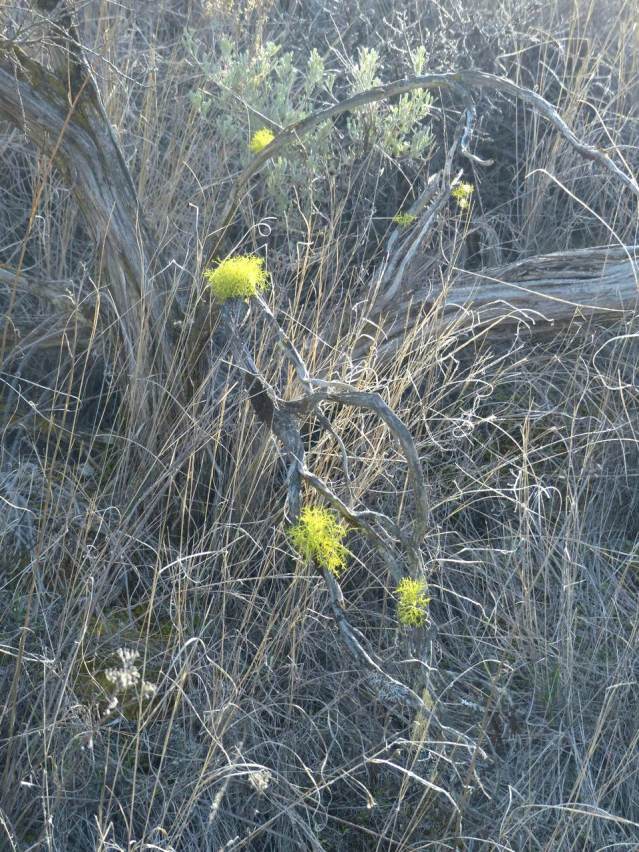Size is relative. 
Grasslands are forests, too. They only appear short because we walk in the sky.
Categories: Gaia, Grasslands, Nature Photography

Size is relative. 
Grasslands are forests, too. They only appear short because we walk in the sky.
Categories: Gaia, Grasslands, Nature Photography
Tagged as: British Columbia, canopy forest, lichen, sagebrush, shamanism, spring, Thompson Gorge
This site uses Akismet to reduce spam. Learn how your comment data is processed.
The Okanagan in History: Table of Contents
I have worked here since 2011 telling stories of the Earth as preparation for a history of the Intermontane Grasslands of Central Cascadia and the rainswept coast that keeps them windy and dry. Now I am presenting this history, step by step, as I have learned it, often from the land itself. The history of this region includes the Canadian colonial space “The Okanagan Valley”, which lies over the land I live in above Canim Bay. The story stretches deep into the American West, into the US Civil War, the War of 1812, and the Louisiana Purchase, as well into the history of the Columbia District of the Hudson’s Bay Company. In all, the story spans the Chilcotin and Columbia volcanic plateaus and the basins that surround them. In this vast watershed lie homelands as old as 13,200 years (Sequim) and 16,200 years (Salmon River.) That’s how far we are walking together here, who are all the land speaking.


Haha – I like! Thank you for the perspective.
LikeLike
Living in the sky is fun, too!
LikeLike
We might be giants!
LikeLike
With clouds in our hair!
LikeLiked by 1 person
Thank you, Harold – a beautiful thought. My reference point for reading it is a quarter mile of unbroken pasture grassland I knew well as a child, from trips with siblings to haul drinking water up from the well in a cream can, on either a wagon in the warm months or a toboggan when there was snow.A small creek ran through the pasture, that would flood in wet years, and go dry some summers… I would stay there and sit and listen when the cows were not near… knew what grew there by heart. It attracted badger and fox, skunk and weasel, hares and gophers, mice and rats and white-tailed deer – as well as grassland birds… meadowlarks, red winged blackbirds near the slough, kildeer that would feign injury to lead you from their nest, bittern, small owls, hawks, barn swallows nearer the house… and all manner of insect and water life — frogs, toads, crickets, grasshoppers, water beetles, garter snakes… each had its own place… the names surface from fifty years ago, and I have not named the grasses or the wild flowers, the” low forest” within which other life hummed and thrummed and dug and hunted and ran.
Why I loved this place was that it was whole – more so than the crops of wheat or oats or flax my father planted, or the hayfields or summer fallow rough with stubble, bordered in trees or with a hedge planted as a windbreak.
I had a view of life in the countryside where I was born that changed when I flew over BC and looked down on the mountains to see areas where the loggers had been- barren patches- that made me realize that my ancestors had also clear cut the prairie- broke sod, hauled stones, put up fences, and made it impossible for the earlier people who had passed that way who left stone tools and arrowheads by the creek, and the buffalo, to survive there as they once had. A great great grandfather logged in Washington State, and a great grandfather later lived and farmed near Soda Creek and Quesnelle in BC, marrying a Metis woman after my great grandmother passed on. My mother’s mother and father came to that area as a young woman and some of my uncles were born there, they knew the land in ways I no longer do, although they may not always have been wise stewards of it. When I look at your photos and read your thoughts, I think of my Mother’s people and what they knew, and my father’s people and what they came to know, and the unbroken land where I lived as a child, which remains my deepest sense of home. Thank you for images and thoughts that both take me back home or to the homes of my people, and yet lift me higher. The world I walk in now seems to grow smaller and smaller, and little in it grows wild, but I can still take time to sit by a tree or watch birds or people on the bus, or the changing sky. I can still tell where I am by finding Orion.
I wonder if you have written specifically about the concept of “wild”, which is, of course, relative too. All the best, Ruth Anderson Donovan
On 1 March 2016 at 22:25, Okanagan Okanogan wrote:
> Harold Rhenisch posted: “Size is relative. Grasslands are forests, too. > They only appear short because we walk in the sky.” >
LikeLike
Thanks for the beautiful tapestry, Ruth, and the wisdom with which it is said. You ask about “wild”. I’ve been exploring that in my manuscript… which has been stalled for a bit while I finish a couple exciting editing projects about the Chilcotin. It’s not something I’ve fully explored yet, though. Any thoughts you’d like to share would be most welcome. Best, Harold
LikeLike
I love walking in the sagebrush forest Harold. I can see further than when I walk in the coastal or Interior rainforest. I’m going to the grasslands tomorrow on a photographic shoot; I’ll carry that perspective with me. Thanks!
LikeLike
Lucky you!
LikeLike
You have brought up a very fantastic post. I’m glad I read this. Thanks author!
LikeLike
I’m glad! Thanks.
LikeLike